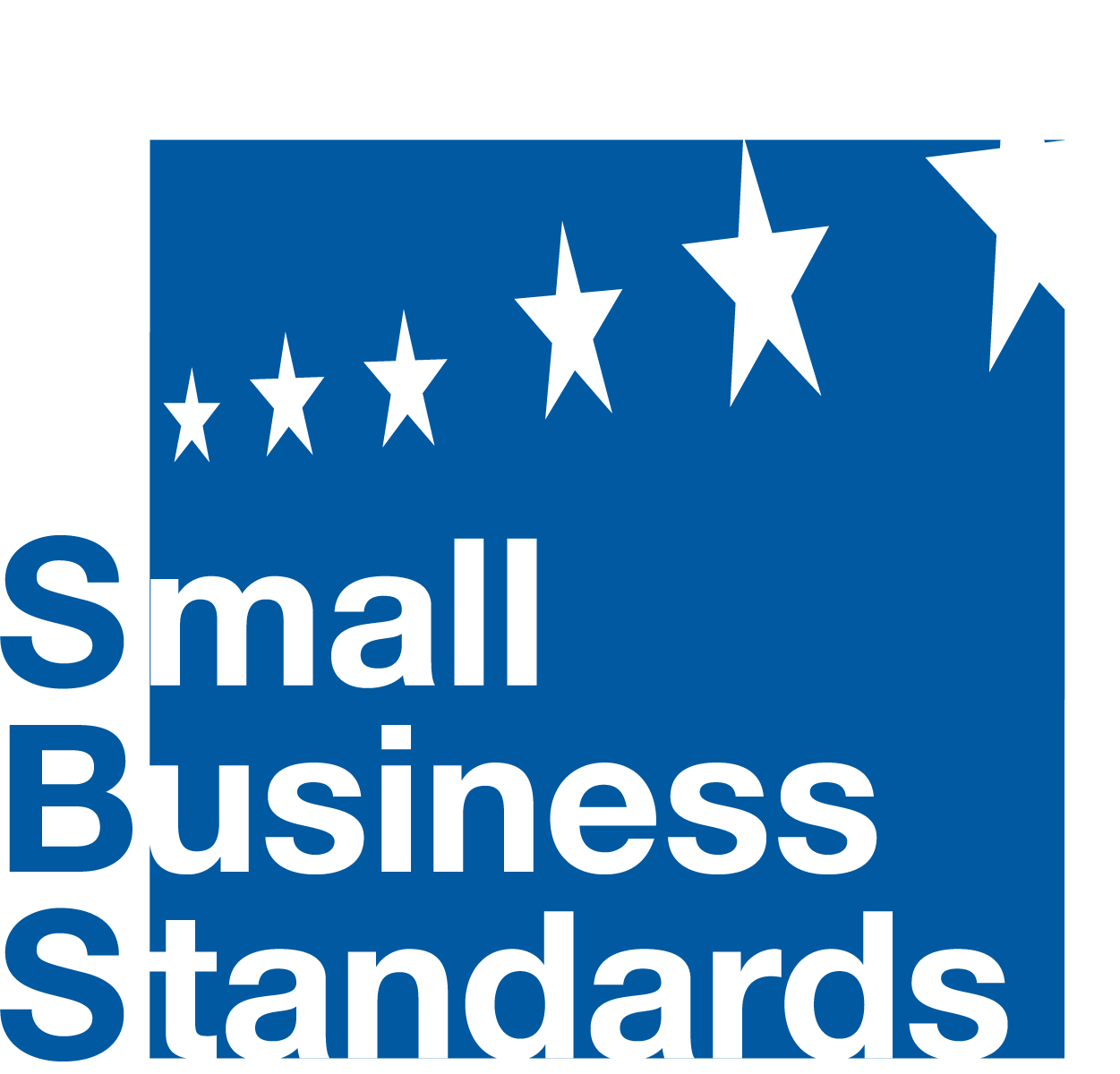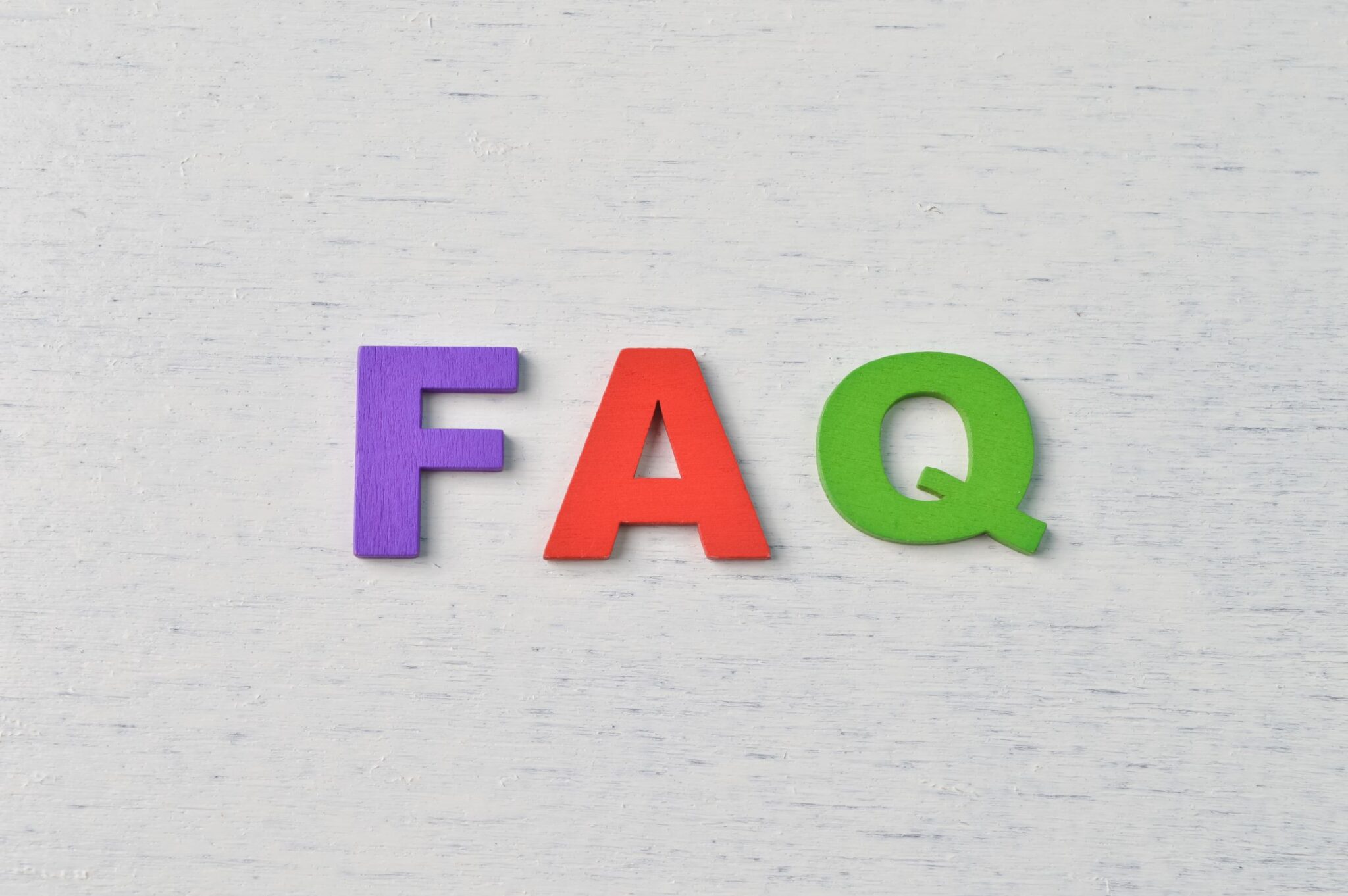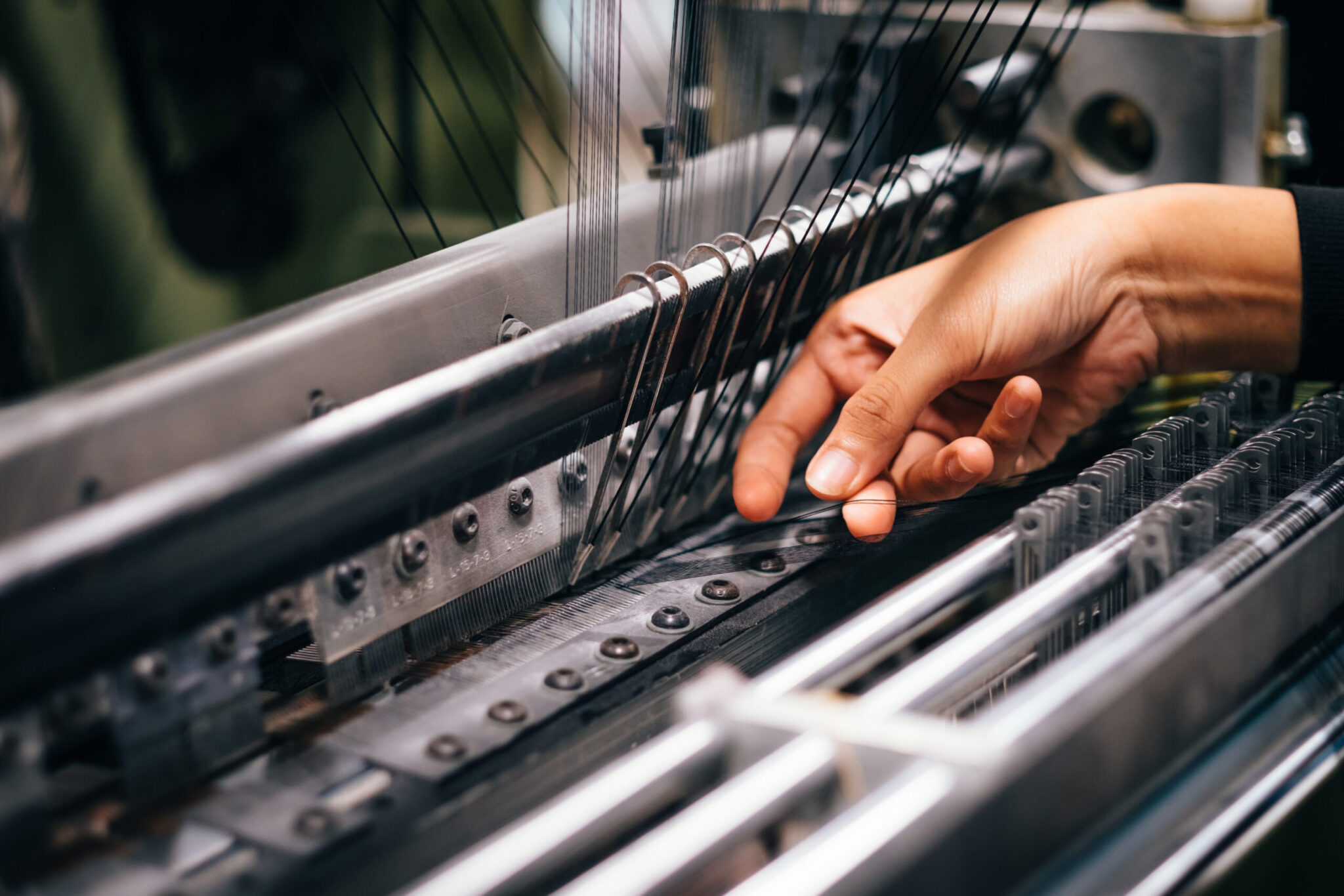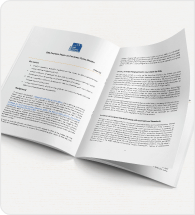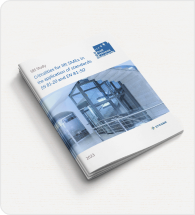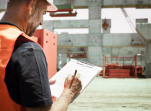The core business of European small and medium-sized companies operating in the lift systems sector is after-sales services, i.e. the servicing, repair, replacement, and modernisation of existing
systems. The regulation of this type of activity is left to the Member States, as EU legislation only deals with the design, the installation, and the declaration of conformity of lifts until they are placed on the market. Once the lift is in operation, the legal competence for the management and safety of the installations is transferred to the Member States.
For more complex operations, such asthe replacement of important components, the modification of the shaft or the increase of speed or surface area of the cabin (which should be paired with an
equivalent change in its capacity and load capacity), there is no EU legislation in place. Also, no EUwide prescriptions or indications exist on how to approach these operations in order not only to
complete them in full safety, but also to follow common practices at European level, as is the case for other aspects of the lifecycle of the installation.
The only standard that comes relatively close to this concept is EN 81:80: 2019 Safety rules for the construction and installation of lifts – Existing lifts – Part 80: Rules for the improvement of safety of existing passenger and goods passenger lifts, a guideline on how to improve the safety of existing lifts. However, this standard does not give any guidance to practically execute the abovementioned operations. In this context, it might be useful to produce a document, the nature of which is to be discussed and detailed, which allow these important modifications on existing lifts to be carried out safely. As a matter of fact, in the lifts sector big multinational companies have large technical departments that provide corporate-level guidelines to standardise procedures and operate on existing lifts when safely performing important modifications. Such guidelines are only available to said large companies and their technical experts, as they are not made public, therefore external technicians do not have access to this information. Moreover, as there are no common guidelines, the internal guidelines of large companies and multinationals might be diverging between one other.
On the other hand, European lift SMEs, can only rely on the individual expertise of their technicians, since, contrary to larger companies, they do not have the financial and non-financial resources to dedicate to the creation of such guidelines. However, in some member countries, such as Italy, France, Spain and Germany, the national standardisation bodies have developed national standards of good practice that define the requirements for carrying out repair and modernisation work on installations “in a workmanlike manner”, making the situation much easier for lift SMEs.
